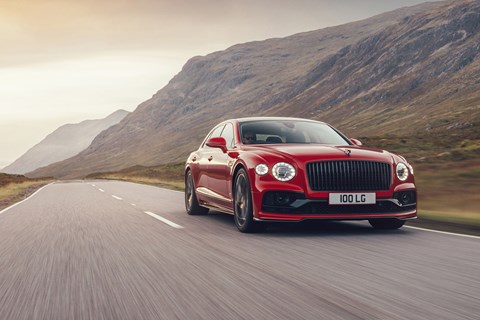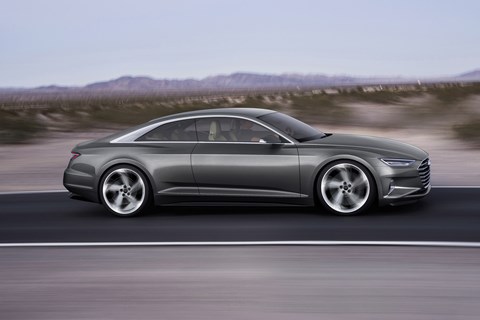► Bentley tipped for Audi takeover
► ‘Insular’ brand to integrate better
► Details on planned Group changes
Bentley’s initially optimistic forecast for 2020 had to be revised twice. Once due to the coronavirus pandemic, with a possible hard Brexit likely further tainting the bottom line.
VW Group’s CEO, Herbert Diess, is not amused by this: ‘Bentley is still not out of the woods. The marque must leverage its potential to speedily overcome the challenges this industry and the other members of our group are facing.’
But the slow recovery of the English patient is to an extent also Wolfsburg’s own fault. After all, Bentley´s loose on-off partnership with Porsche yielded few tangible results beyond the MSB architecture that underpins the Panamera, Continental GT and Flying Spur. Now it´s on Audi to fix things, which looks like a Herculean task in view of the Ingolstadt satellite´s other duties and legacies.

Why Audi?
There’s is no doubt that Audi boss, Markus Duesmann’s plate is already overflowing. The man masterminds the brand, runs the group’s R&D duties, is in charge of the make-it-or-break-it software development and has Lamborghini under his wings, to name only some of the most obvious responsibilities.
Scoop: Rimac set to acquire Bugatti
Timing, budget and strategy are of the essence here. A couple of years ago, Porsche had commissioned a leading consultancy firm to compile different scenarios for the future of Bentley. One option was to relocate volume production to other plants and convert Crewe to a centre of excellence for one-offs, few-offs, armoured vehicles, long-wheelbase editions and bespoke versions. Adrian Hallmark managed to fend off this threat by streamlining the assembly process, improving overall efficiency and, eventually, laying off a quarter of the workforce.
So, what will Audi do?
Since the demise of the Mulsanne earlier this year, the umbilical cords of all Bentley models are firmly attached to satellites of the VW group, and it will inevitably increase as soon as Audi enters the fray.
The first vehicle concerned is a pending new luxury crossover which is about to becomes part of the Audi’s Artemis programme, a project within Ingolstadt designed to be a fast-track elevator to new luxury flagships. ‘In the medium term’, Duesmann said in a statement in May 2020, ‘I expect ‘Artemis’ to provide a blueprint for a fast and agile development process at the Group, as agile as in a racing team.’

DNA from Audi’s ‘Landjet’ A9 will be injected into this new Bentley positioned somewhere between the Bentayga and the Rolls-Royce Cullinan in terms of size.
Why this project first?
Audi will likely want to increase the pressure on BMW/Rolls-Royce and Mercedes/Maybach by turning Bentley into something akin to icing on its own cake.
Bentley’s electric plans explained
Other projects are bound to follow; ‘Bentley’s insular existence must give way to a more multi-layered partnership. Integration is key here – but so is maximum differentiation,’ says Herbert Diess.
The new Bentley R&D chief, Matthias Rabe (ex-Seat, ex-VW), and the seasoned chief designer Stefan Sielaff are busy honing the brand image by creating stand-out products capable of challenging or even eclipsing the competition. Since the days of excessive bling and overt opulence are surely numbered, Bentley started only recently to address social acceptance issues by relaying emphatically contemporary values.
For the future of the brand, this change of attitude is every bit as important as those repeatedly talked about yet still to be confirmed integration plans.